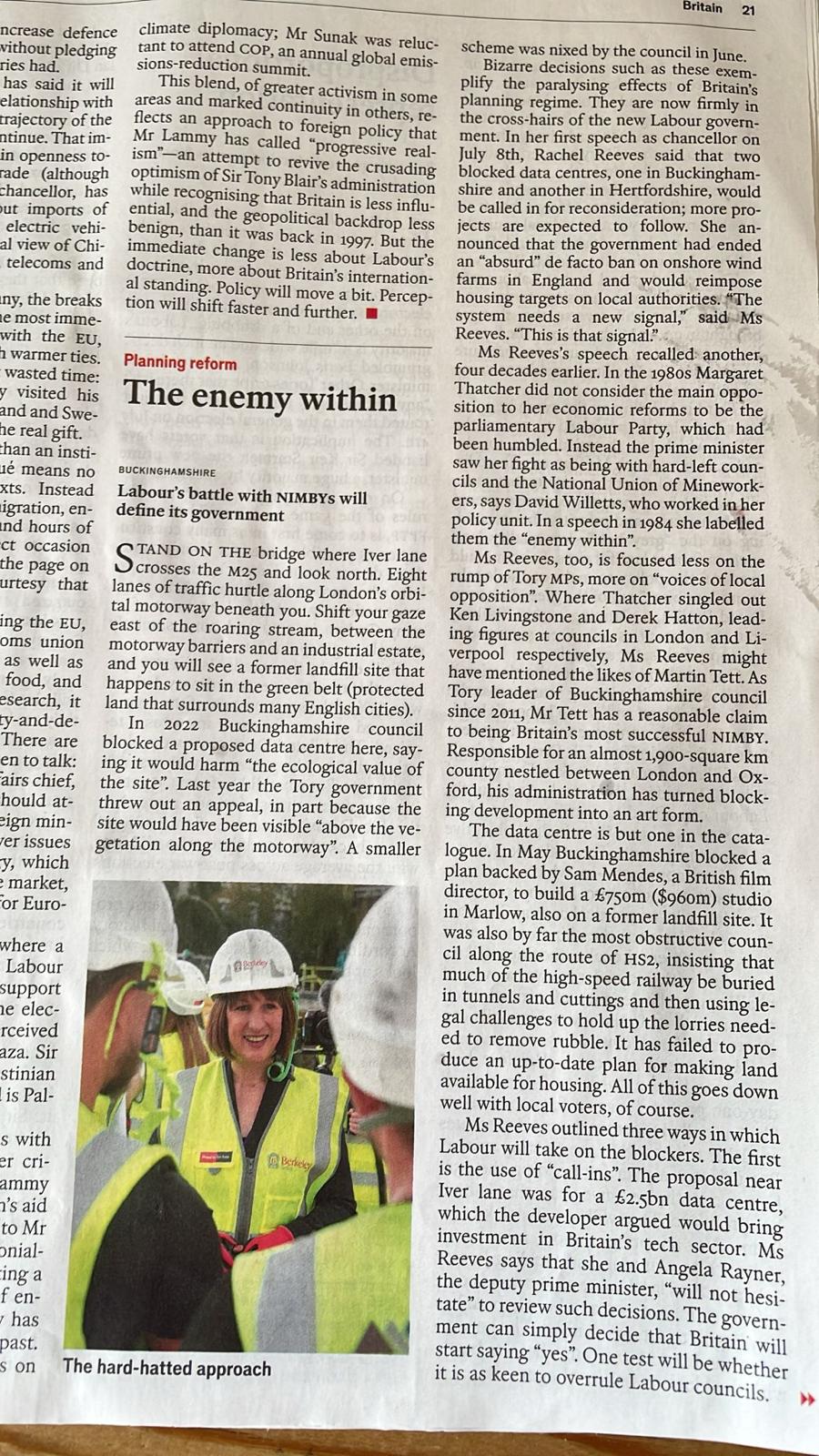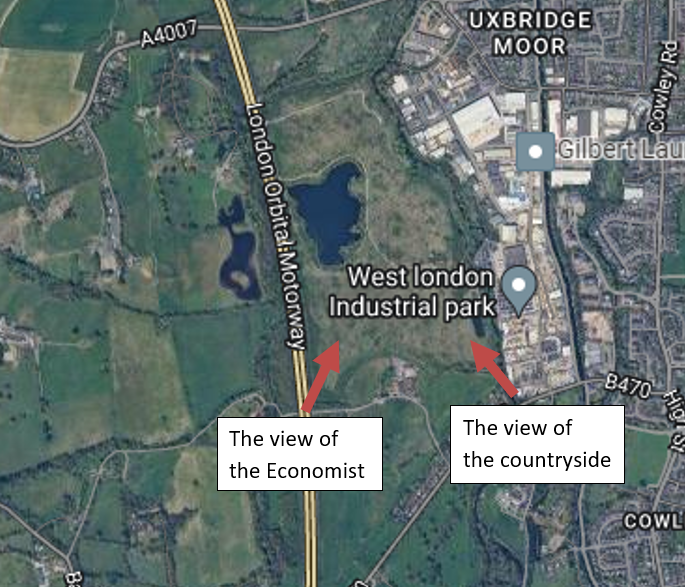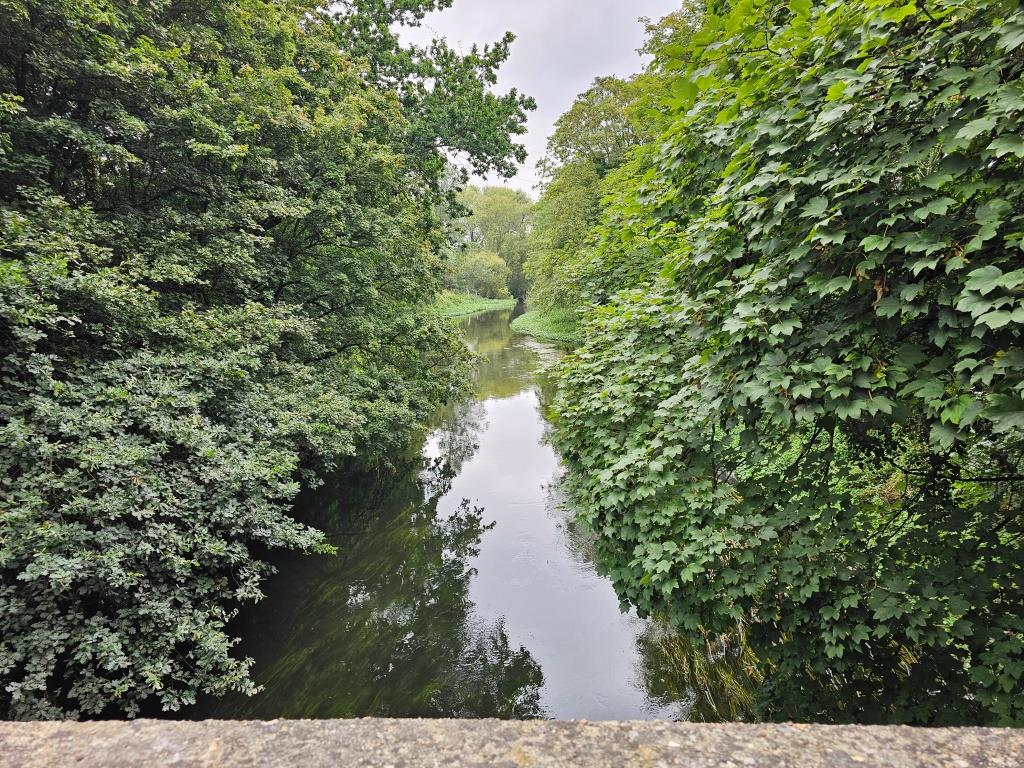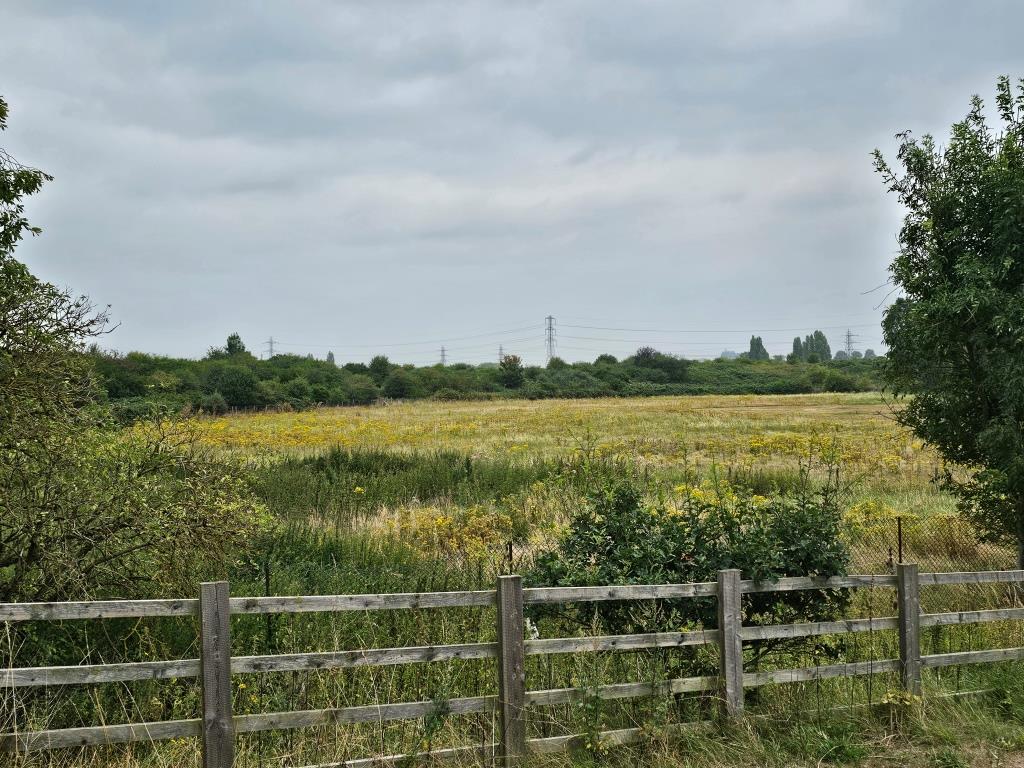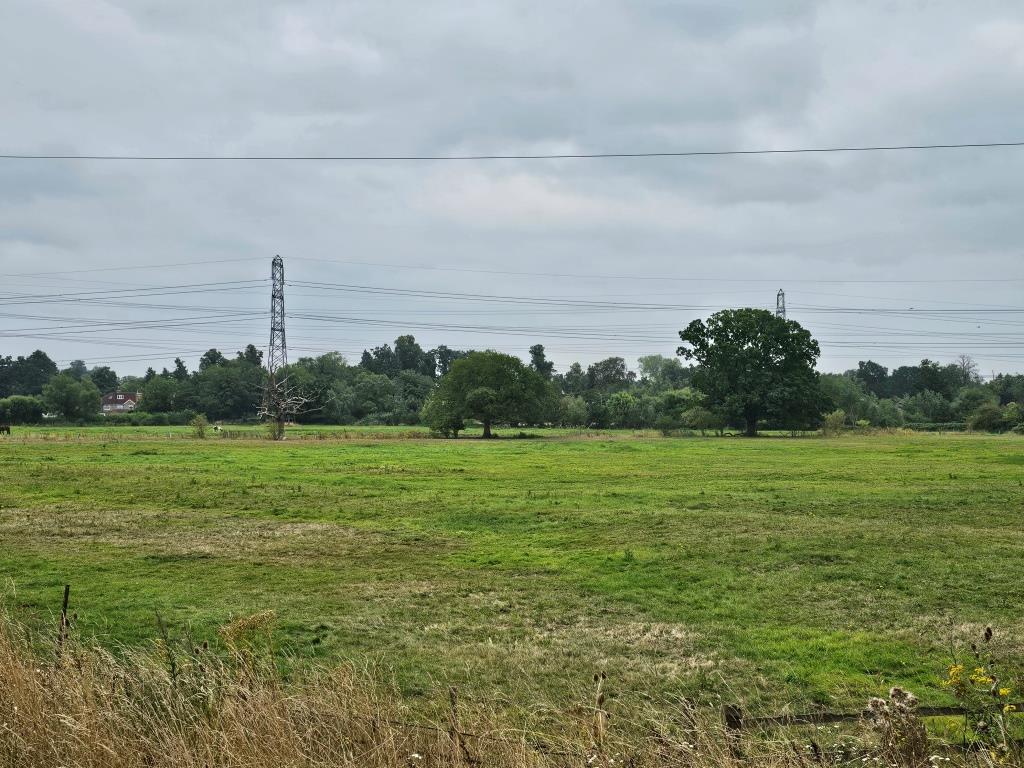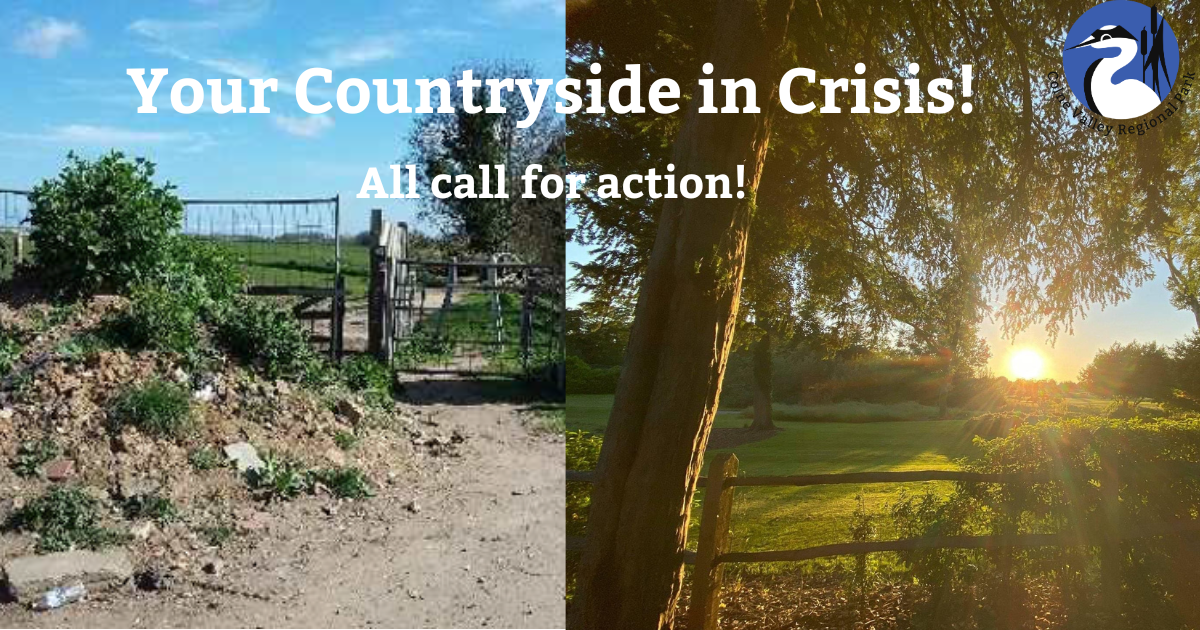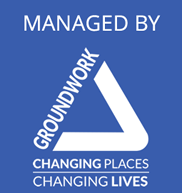THERE has been much debate recently about the Green Belt, prompted largely by developers and think tanks arguing that parts of it are of such poor quality they are no longer worth protecting.
The old proverb: Half the truth is often the whole lie might apply here, and a piece recently published in The Economist is a good example of how the issue can be twisted to suit whichever broadbrush and subjective view suits you best.
The piece argues in favour of an immense proposed data centre in Iver. However, in our view, decisions concerning development on this scale should never be made on an ad hoc basis without reference to a proper plan for the wider area.
A change of perspective
The opening paragraph of The Economist article can be seen on the right: “Stand on the bridge where Iver Lane crosses the M25 and look north. Eight lanes of traffic hurtle along London’s orbital motorway beneath you. Shift your gaze east of the roaring stream, between the motorway barriers and an industrial estate, and you will see a former landfill site that happens to sit in the Green Belt”.
We viewed the same site from a different bridge nearby and decided to adjust The Economist’s piece according to what we saw: “Stand on the bridge where Iver Lane crosses the River Colne and look north. Water hurtles along London’s beautiful boundary river beneath you. Shift your gaze west of the roaring stream, and you will see a green buffer and wildlife/landscape corridor that is the first taste of countryside in the Green Belt”.
So, a simple change of perspective can alter everything. Merely standing on the next bridge along and focusing on the value of the green space in front of you, provides a completely different take on matters.
Balancing development needs and natural environment needs
The proposed data centre lies in the Colne Valley Regional Park, the first large area of countryside to the west of London. The Park is a corridor of 200km of rivers, more than 70 lakes, hundreds of green spaces, country parks, nature reserves and nationally important wildlife sites.
Established in 1965 by visionary local councils and bordered by five counties, it has served as gateway to the countryside for local residents and city dwellers ever since, and this must continue for the benefit of future generations.
Our concern is bigger than just this one proposal. Unfortunately, we face multiple developments on this colossal scale, all of which put forward outside local plans. The NPPF states: “The Government attaches great importance to Green Belts. The fundamental aim of Green Belt policy is to prevent urban sprawl by keeping land permanently open; the essential characteristics of Green Belts are their openness and their permanence.” But these invariably massive applications routinely use a “Very Special Circumstances” clause for development in the Green Belt. If proposals like this are approved, outside of Local Plans, they take chunks out of the Green Belt whilst circumventing the requirement for the proposal to be accompanied by “compensatory improvements to the environmental quality and accessibility of remaining Green Belt land” then we end up with the worst of all worlds
The Chairman of the Colne Valley Regional Park, John Whitby says: “We don’t dispute that there is a regional and national need for some of this development. However, there is also a regional and national need for areas like the Colne Valley Regional Park as the ‘green lungs of London’, providing vital space for wildlife, food production, climate change adaptation and better access to green space with all its health and well-being benefits.
“Therefore, there must be a national plan to review and balance these two needs rather than leaving strategically important decisions like this to the market and individual appeals that have no remit to focus on the cumulative impact of so much in such a small area.”
Is there a win win?
Potentially, yes. We believe national and local government should adjust policy and work constructively with grass-roots organisations like us to make the very best of any developments that they ultimately permit to go ahead. Each development should result in incremental improvement of remaining countryside and its connectivity for people and wildlife. To achieve this vital landscape-scale connectivity, decision-makers need to remove the blinkers and the damaging focus on ‘red lines’ of individual development sites and administrative areas.
In summary
The Government needs to create a regional and national plan to address varied needs for development and for the natural environment.
The debate about the future of the Green Belt is crucially important – it cannot be boiled down to a divisive view of NIMBYs v YIMBYs.
Our response to the title of The Economist article is that there is no ‘enemy within’, there are simply competing needs that need to be carefully considered and balanced.
For further information please see:
- Our campaign Your Countryside in crisis – a call for action that suggests five solutions to realise the potential of areas like the Colne Valley Regional Park
